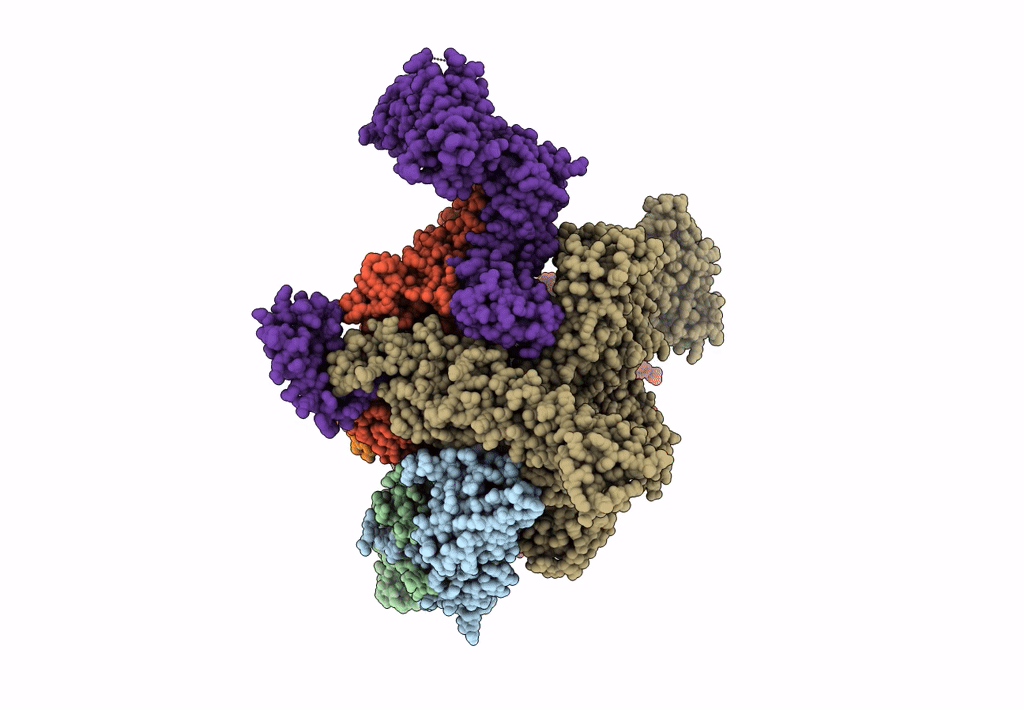
Deposition Date
2018-01-29
Release Date
2018-02-28
Last Version Date
2024-03-13
Entry Detail
Biological Source:
Source Organism:
Escherichia coli (strain K12) (Taxon ID: 83333)
Host Organism:
Method Details:
Experimental Method:
Resolution:
4.25 Å
Aggregation State:
PARTICLE
Reconstruction Method:
SINGLE PARTICLE


